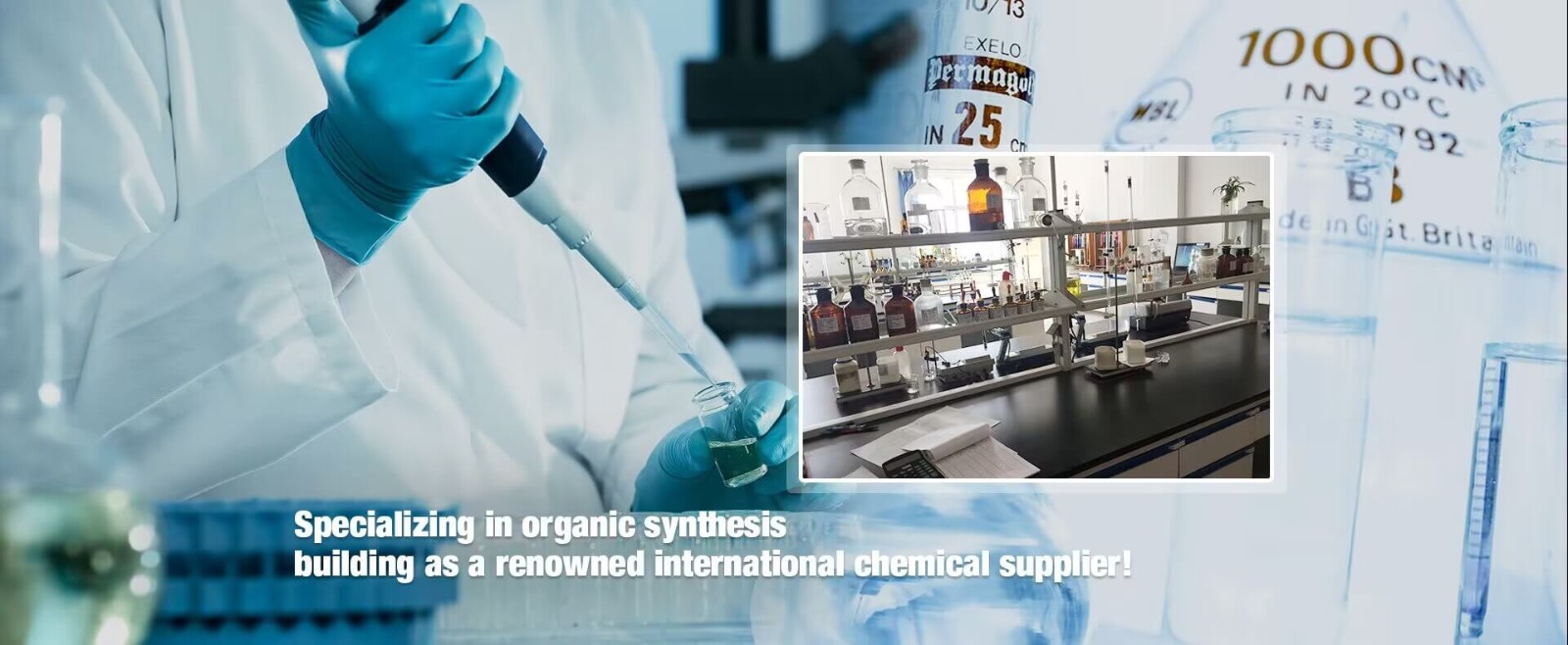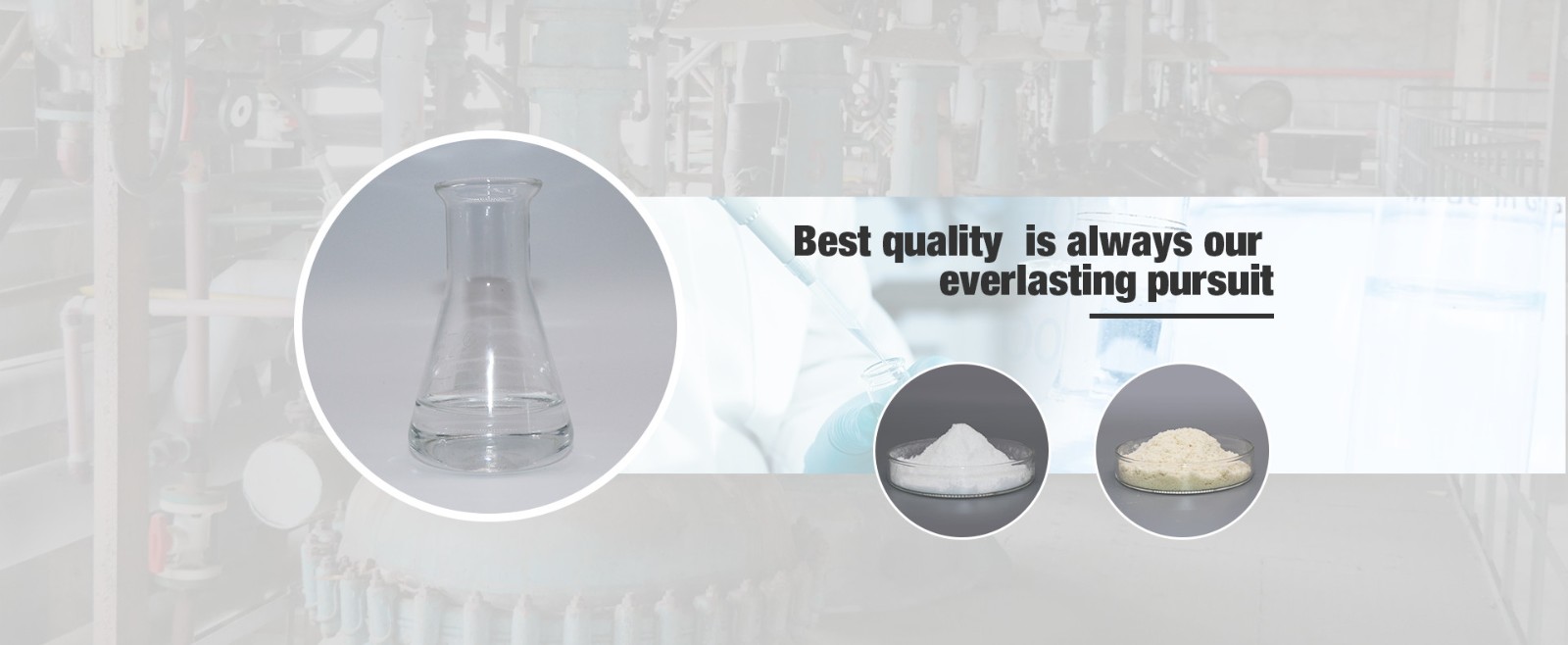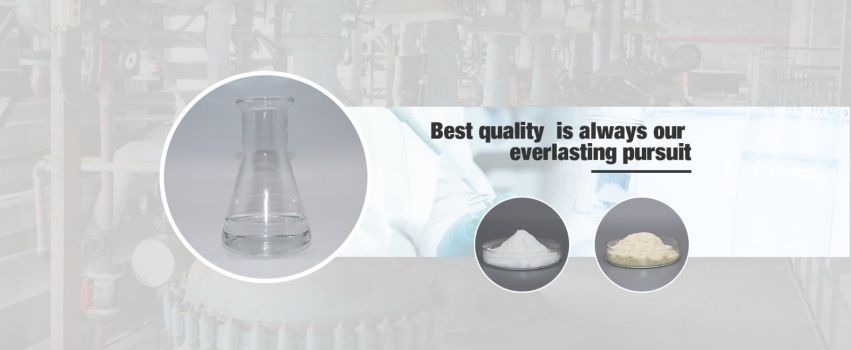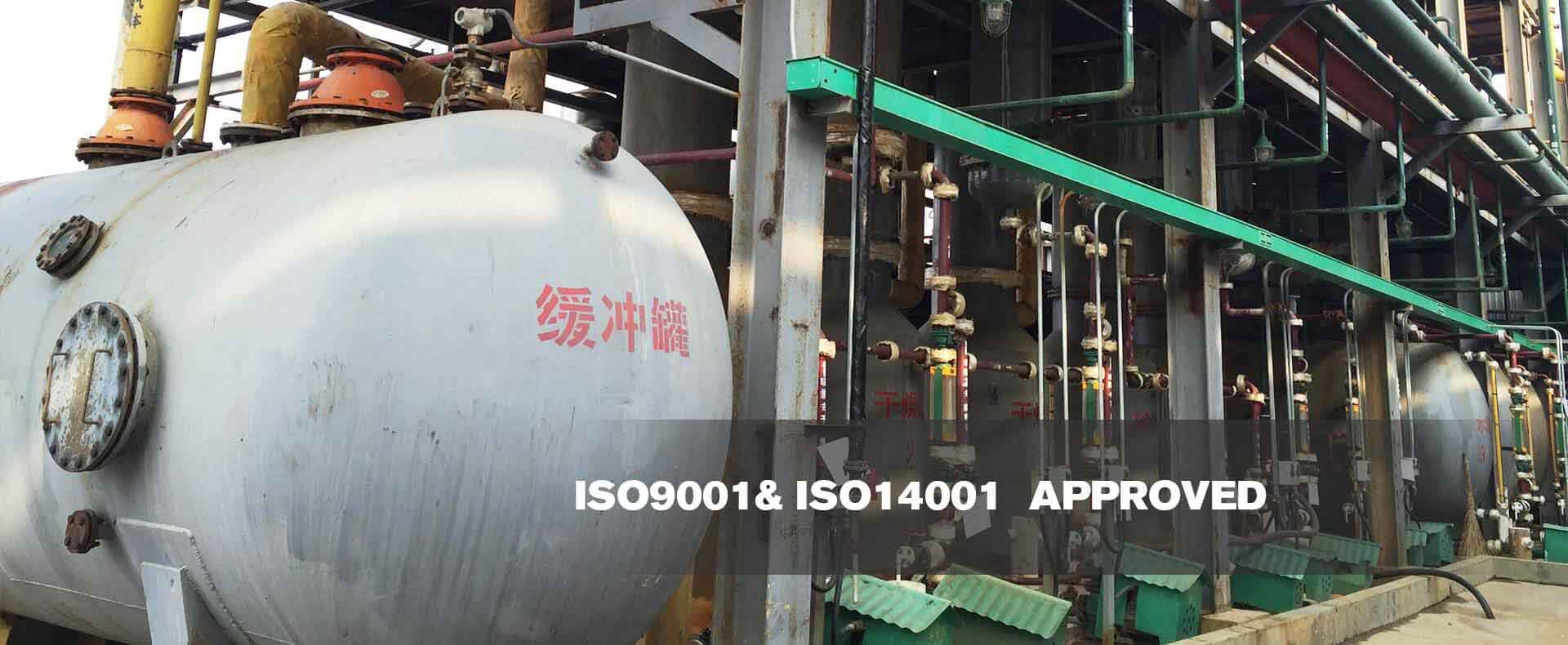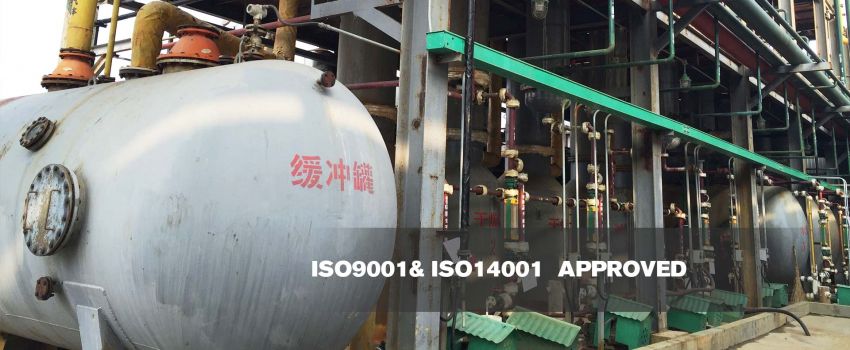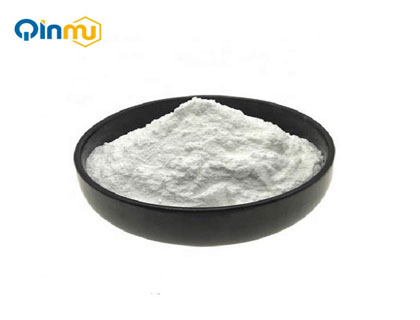How Much Trypsin Do I Need?
Mar. 09, 2023
Trypsin is a type of protease enzyme that is commonly used in biochemical and molecular biology experiments. It is frequently used for protein digestion and purification, as well as for the isolation of cells and tissues. However, the amount of trypsin needed for a particular experiment can vary depending on several factors, such as the sample size, the duration of the experiment, and the specific application.
In general, the amount of trypsin needed is determined by the amount of protein present in the sample. The protein concentration is usually measured using a spectrophotometer or a Bradford assay, and the trypsin concentration is then calculated based on the desired enzyme-to-substrate ratio. This ratio can vary depending on the specific experiment, but a common rule of thumb is to use a trypsin-to-protein ratio of 1:50 to 1:100 (w/w).
For example, if you have a protein sample that contains 1 mg of protein, you would need to add between 10 and 20 µg of trypsin to achieve a 1:50 to 1:100 ratio. This amount of trypsin is usually dissolved in a buffer solution, such as phosphate-buffered saline (PBS) or Tris-HCl, to make a stock solution. The stock solution can then be diluted to the desired concentration before use.
Another factor that can affect the amount of trypsin needed is the duration of the experiment. If the experiment requires prolonged digestion, a higher amount of trypsin may be needed to ensure complete digestion of the protein. However, if the digestion time is short, a lower amount of trypsin may be sufficient. It is important to note that prolonged digestion can also result in over-digestion of the protein, which can lead to the degradation of peptide bonds and the loss of important protein fragments.
The specific application of trypsin can also influence the amount needed. For example, if trypsin is used for cell dissociation, a higher amount may be needed to ensure efficient and rapid cell detachment. However, if trypsin is used for protein purification, a lower amount may be sufficient to avoid excessive proteolysis of the target protein.
In addition to the factors mentioned above, the type of trypsin used can also influence the amount needed. There are two main types of trypsin: bovine pancreatic trypsin and recombinant trypsin. Bovine pancreatic trypsin is derived from the pancreas of cattle and is commonly used in traditional protein purification protocols. Recombinant trypsin, on the other hand, is produced through genetic engineering and has several advantages over bovine pancreatic trypsin, such as increased purity, stability, and activity. However, recombinant trypsin is more expensive than bovine pancreatic trypsin and may require a lower amount due to its higher activity.
It is important to note that trypsin is a protease enzyme that can digest not only the target protein but also other proteins present in the sample. Therefore, it is important to optimize the amount of trypsin used to minimize non-specific proteolysis and ensure the specific cleavage of the target protein. This can be achieved by testing different trypsin concentrations and digestion times and analyzing the resulting peptide fragments using techniques such as mass spectrometry or gel electrophoresis.
In conclusion, the amount of trypsin needed for a particular experiment can vary depending on several factors, such as the sample size, the duration of the experiment, the specific application, and the type of trypsin used. A common rule of thumb is to use a trypsin-to-protein ratio of 1:50 to 1:100 (w/w) and to optimize the trypsin.
-

Qinmu's CPHI China 2025 Exhibition Ends Perfect
Jul. 01, 2025
-

CPHI & PMEC China (Shanghai) 2025 --- we are coming!
Mar. 14, 2025







